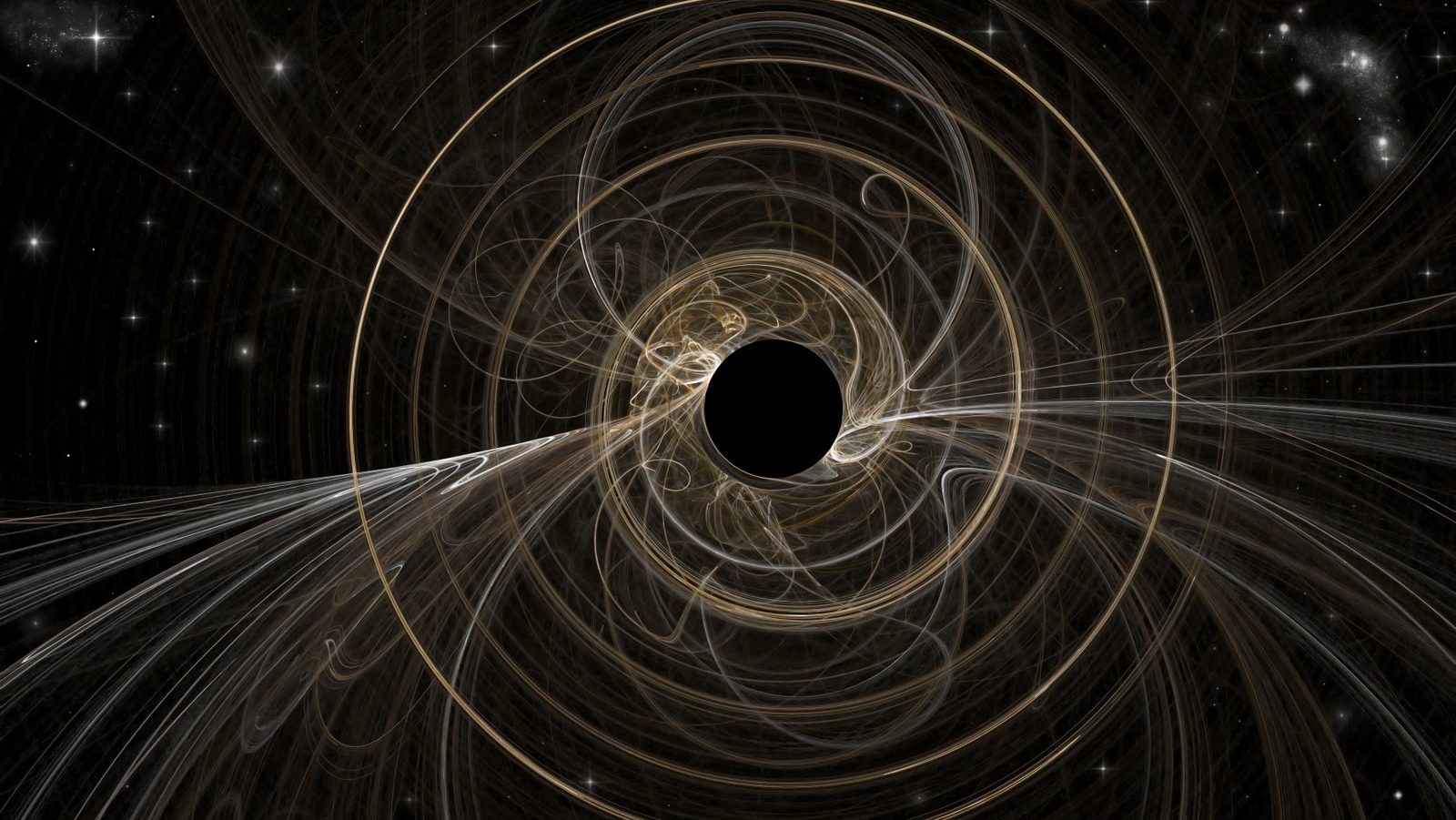Everything starts with drawing and an underlying geometry, says Ryan McGinness.
Question: How do you make a painting?
McGinness: Well, you know, I am… everything… all my work starts with drawing and that is really the root and the core of what I make and the root and core of my entire study practice. In fact, not even drawing, I would say sketching and how I differentiate the 2 is I go through a sketch process, I’m always sketching in my notebook and developing these symbols and these drawings by trying to find an underlying geometry. So for instance… and these… the source or the ideas or the concepts behind these sketches are from a whole range from something I dreamt to something I heard in a song to something I read and I want to capture it in a symbol and so I’m always sketching, the sketch process involves trying to find this underlying geometry, I get the symbol to the point where I’ve figured it out, they’re like visual puzzles and I’ve solved the puzzle. And then I’ll take the sketch, I’ll scan it, I use it as a template, I don’t convert it but I use it just as a guide to redraw in the computer with vectors, redraw the symbol so that it is perfect and so that all the points are parallel, all the lines are parallel, all points are tangent and so I’m searching for one final solution, I’m searching for the truth by going through this sketch and by going through the drawing process. Once I’ve found that solution, once I’ve found and developed and finalized that drawing, it exists as a digital file and with… and a scalable digital file because that’s a vector drawing and what that really means for me is that it can be reproduced and replicated in any number of ways. One way is by having these drawings cut out of different materials like acrylic or aluminum or stainless steel and using those parts to make sculptures and environments. Another way is to make shirts, for instance, I like making shirts and skateboards, more product oriented things. Another way… and this is how I make the paintings is to make pieces of film from the files and then I use the films to develop screens and then I use the screens to make the paintings. So the next step is to work with a set vocabulary drawings in the form of these screens and then I’ll collage together and mash up all of these different drawings, symbols and icons, into the paintings through silk screen process whereby I’m screening, paint onto canvass. At that point, I’m concerned primarily with the formal aspects of constructing a picture plane which are shape, form, color, composition, I’m not using these individual drawings to create a narrative, each one, in it of themselves, represents something and symbolize something but [IB] suppose altogether, next to one another in the paintings, they turn the paintings into a kind of Rorschach test of sorts and this whole process parallels and is the reflection of sorts of the way we exist in the world and, you know, we all these different kind of ideas jumbling around in our mind and we’re trying to make sense of this chaos and that’s essential what free association or dreams are. So when we’re dreaming all of these, all of the… all of the input, all these different symbols basically come together and so in a way the paintings are kind of a dreamscape or mindscape, it’s hard to extract the meaning from them taken as a whole just like life.





